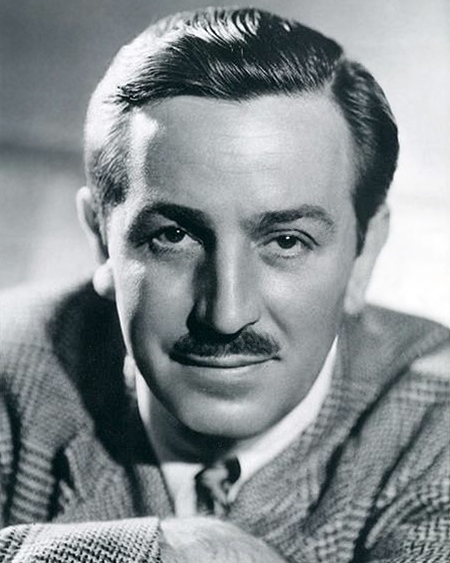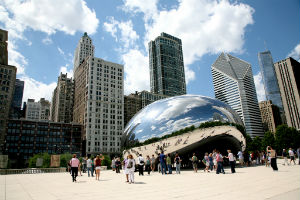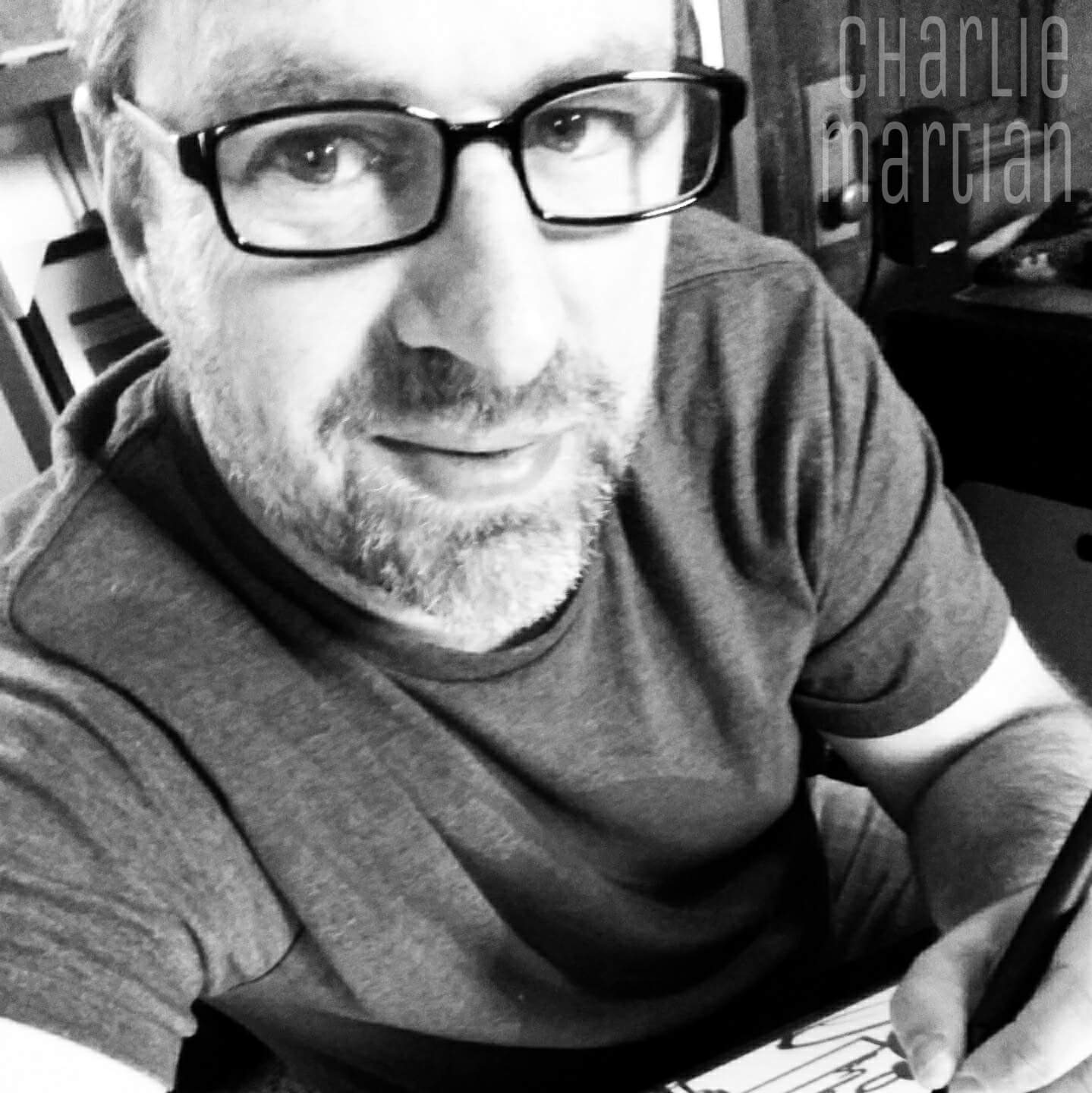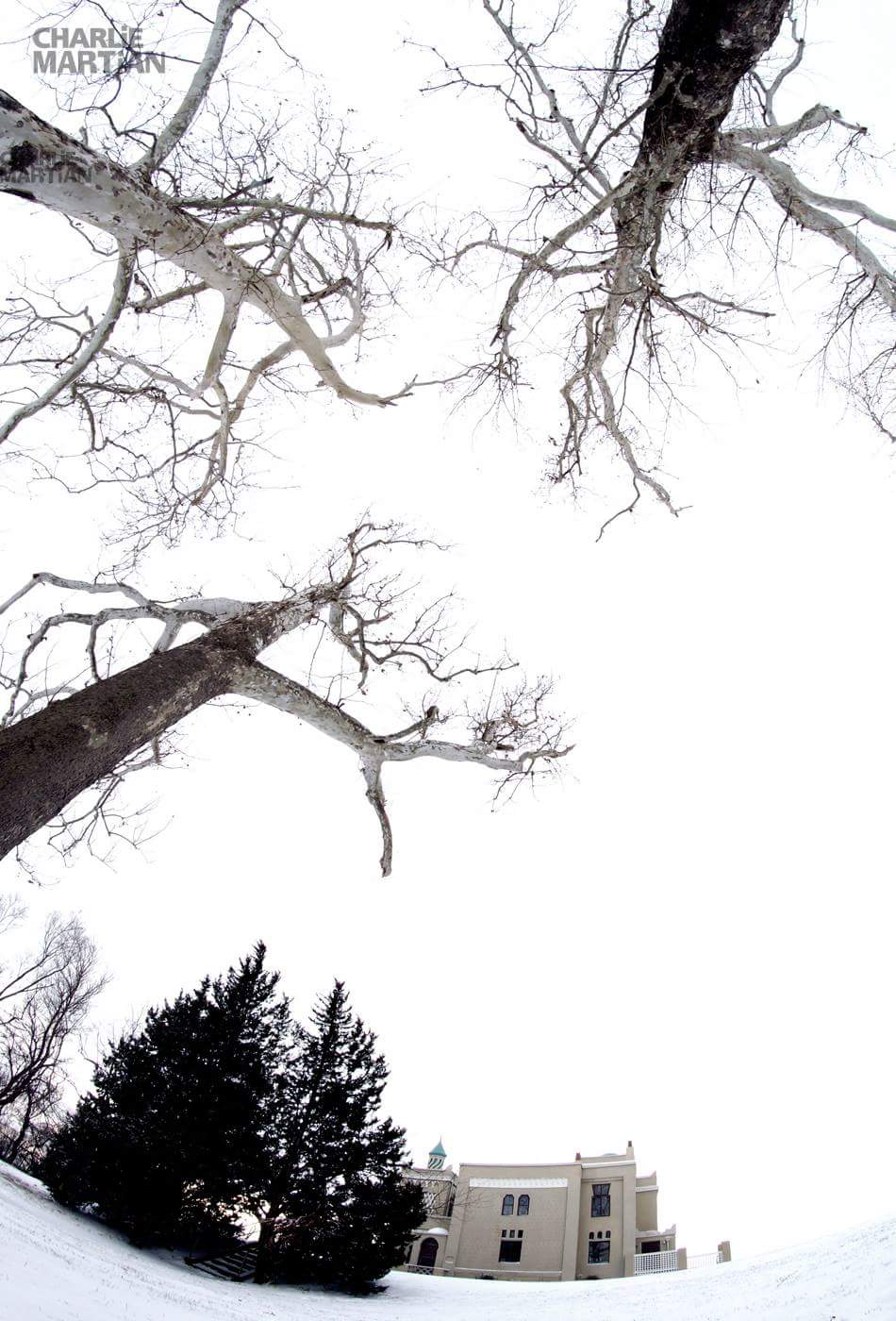Record number of new skyscrapers rising in Chicago
- Details

The famous Chicago architect Daniel Burnham is credited with the quote: “Make no little plans; they have no magic to stir men's blood.” As Illinois’ construction industry continues to add jobs and create inspiring places to live, work and enjoy, it is clear that developers are heeding Burnham’s advice.
Nearly 10 years after the start of the Great Recession, real estate development is once again thriving in Chicago. Around the city, there are encouraging signs of investment as cranes continue to rise at worksites, creating jobs and bringing residents into brand-new housing developments.
Reports from the Chicago Department of Buildings suggest that 2017 was a record year for development in the city, with over 40,000 construction permits issued, a five-year high. Over the course of the year, 62 construction cranes towered above the city, up from 12 during the toughest stretch of the recession.
In Chicago, the birthplace of the skyscraper, there are 47 ongoing construction projects that will rise 100 feet or higher once completed. As recently as 10 years ago, such widespread and grand development would have been unthinkable.
Did you know? Walt Disney was from the Hermosa neighborhood of Chicago Illinois
- Details
 Did you know? Walt Disney was from the Hermosa neighborhood of Chicago, Illinois. He was born on Dec. 5, 1901 to Flora and Elias Disney and he was one of five children.
Did you know? Walt Disney was from the Hermosa neighborhood of Chicago, Illinois. He was born on Dec. 5, 1901 to Flora and Elias Disney and he was one of five children.
Disney attended McKinley High School in Chicago where he took drawing and photography classes. He was a contributing cartoonist for his high school paper and attended night classes at the Chicago Art Institute.
In 1919, Disney started to pursue a career as a newspaper artist. He began working as a cartoonist at the Pesmen-Rubin Art Studio in Kansas City. While in this position, Disney met Ub Iwerks. After both Disney and Iwerks were laid off from Pesmen-Rubin Art Studio, they formed their own company, the Iwerks-Disney Commercial Artists. After struggling to develop a customer base, Disney and Iwerks left their firm and began working for the Kansas City Film Ad Company. There, Disney became interested in animation.
Chicago sets tourism record in 2017
- Details
 Chicago set a tourism record in 2017 as an estimated 55.2 million visitors made a stop in the Windy City, according to initial estimates.
Chicago set a tourism record in 2017 as an estimated 55.2 million visitors made a stop in the Windy City, according to initial estimates.
The visitor total is up 2.5 percent from the previous year, bringing with it economic benefits for the city and the state.
Travel Daily News estimated that the tourism industry supported 146,500 jobs in 2017, a 17 percent increase since 2011.
Hotels were a major beneficiary of the upturn in visitors, as there was a 7.6 percent increase in occupancy during the peak tourism season of June to September. In all, hotels saw a 3.3 percent increase over 2017, according to the city. The city also saw five new hotels open in 2017, with eight more scheduled to open this year.
Artist of the Month - Charlie Martin
- Details
 Charlie Martin is an artist from Quincy. He creates a variety of pieces by mixing mediums, including ink drawings and paintings. Martin is also a children’s book illustrator.
Charlie Martin is an artist from Quincy. He creates a variety of pieces by mixing mediums, including ink drawings and paintings. Martin is also a children’s book illustrator.
How long have you been an artist or when did you start? Was there a single incident or moment when you realized this was your passion and if so, tell us about it?
I’ve been drawing since I was a little boy, and my family considered me to be an artist even then. My first job as an artist, however, was when I was 21 years old. I was a graphic designer. Since that time, my craft has changed and continues to evolve. I began painting in my forties. I believe that you become an artist when you decide to be one.
to be an artist even then. My first job as an artist, however, was when I was 21 years old. I was a graphic designer. Since that time, my craft has changed and continues to evolve. I began painting in my forties. I believe that you become an artist when you decide to be one.
I can’t define or articulate a single moment when I realized the deep relationship I had with art. I know art to be an essential part of my existence just because I always find my way back to art and the magic of creating something new. I have many interests, but it always cycles back to art.
I have many interests, but it always cycles back to art.
Illinois has been factored into your work in the past. What does being able to live and work in Illinois mean to you?
Illinois has many flourishing art programs and communities. This state has given me some incredible opportunities to grow my craft.
What opportunities does Illinois present to local Illinois artists?
Each community in Illinois is different. Opportunities are available for all types of artists throughout the state. There is so much art married into our history.
Opportunities are available for all types of artists throughout the state. There is so much art married into our history.
What do you like about Illinois?
I really appreciate its history. The stories of courage are impressive. Midwesterners are a hearty lot for sure.
What is your favorite medium to work in?
I like mixed medium, but if I had to choose a favorite, it would be pen and ink.
 Where can people view or purchase your work?
Where can people view or purchase your work?
Artists and collectors may view my work on Facebook (Charlie Martian) or on Instagram (sketchbot).
What artist inspires you and why?
Tony DiTerlizzi inspired me to delve into illustration. He is part of the reason I decided to start illustrating children’s books. I also am inspired by Norman Rockwell and Alphonse Mucha.



